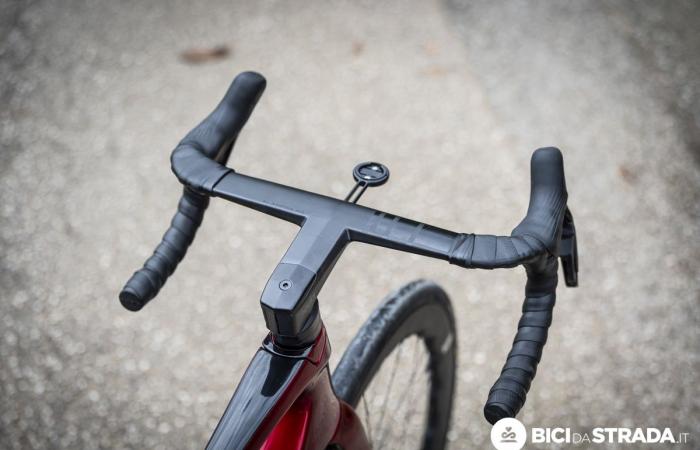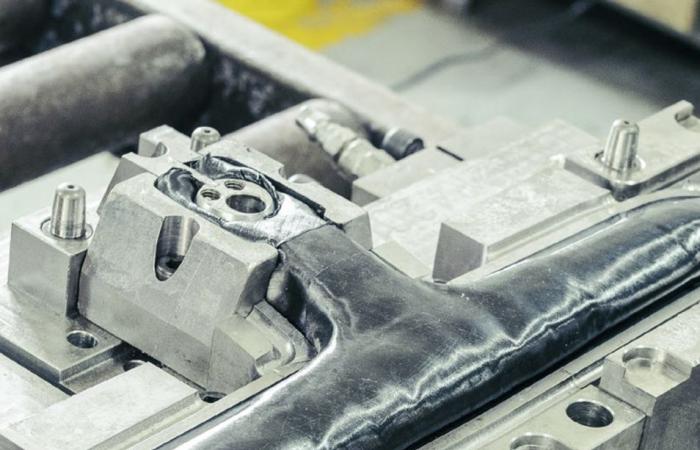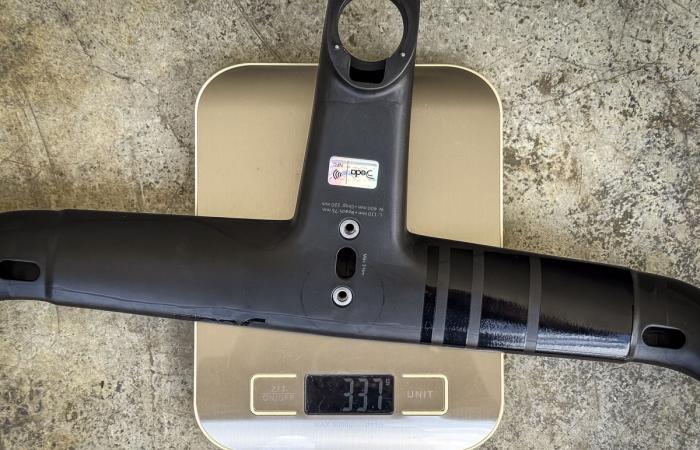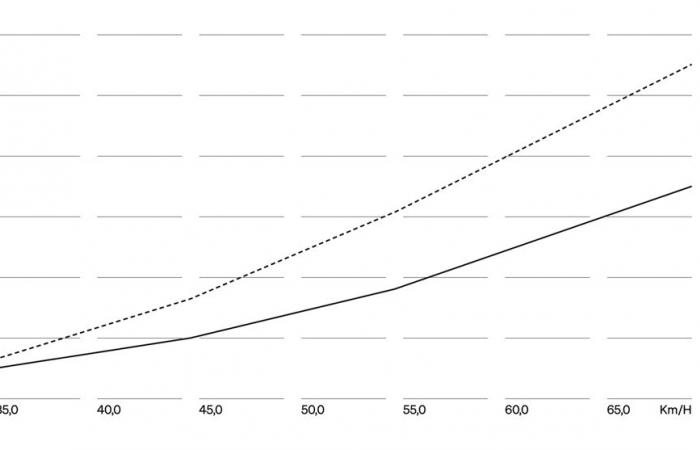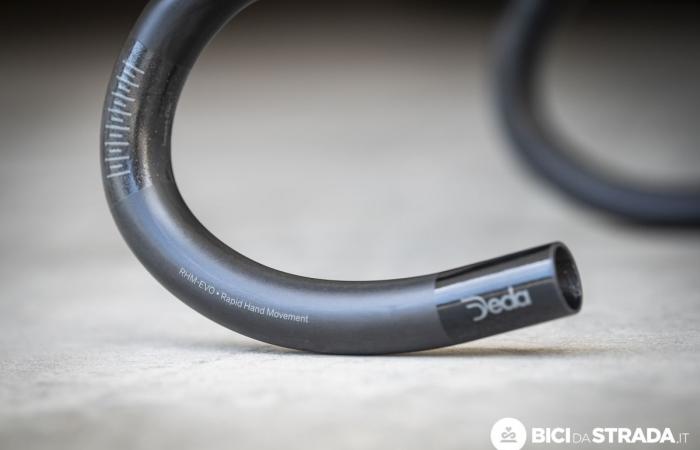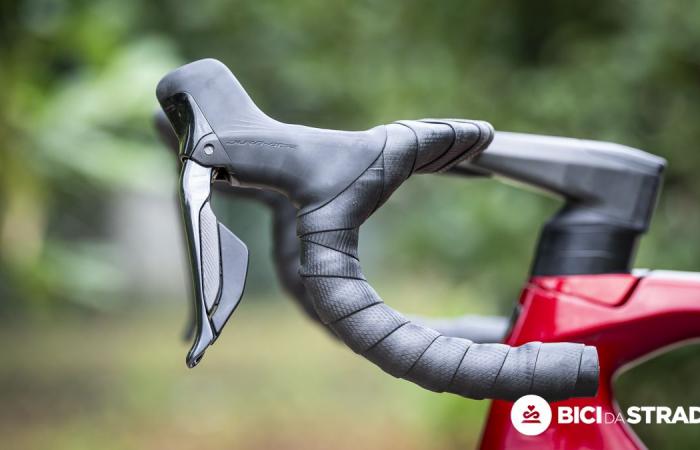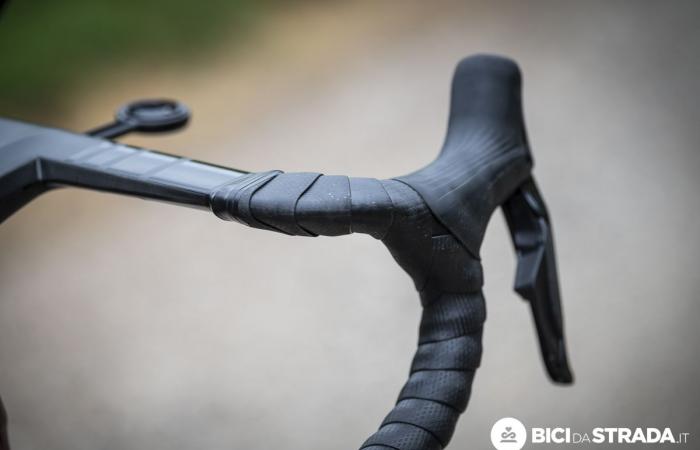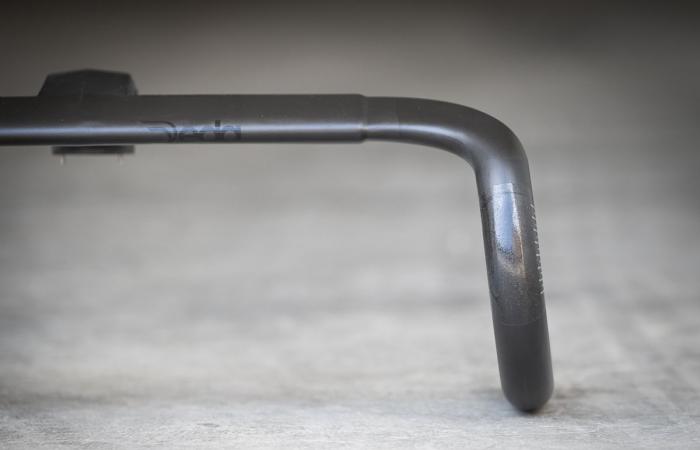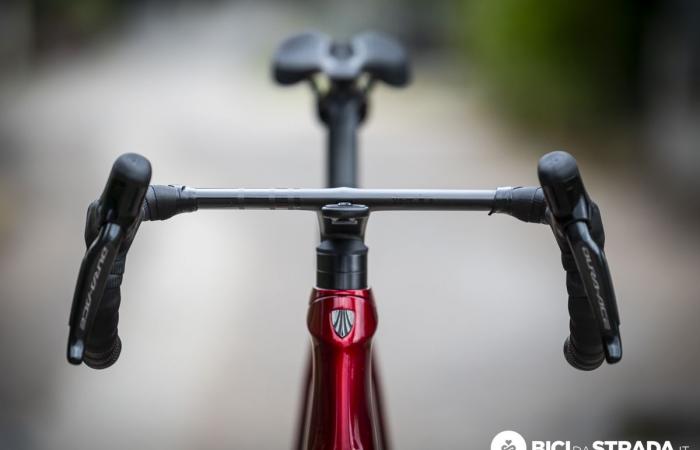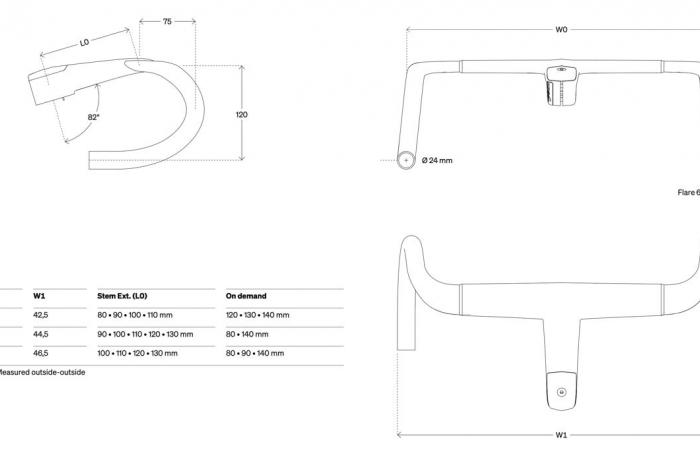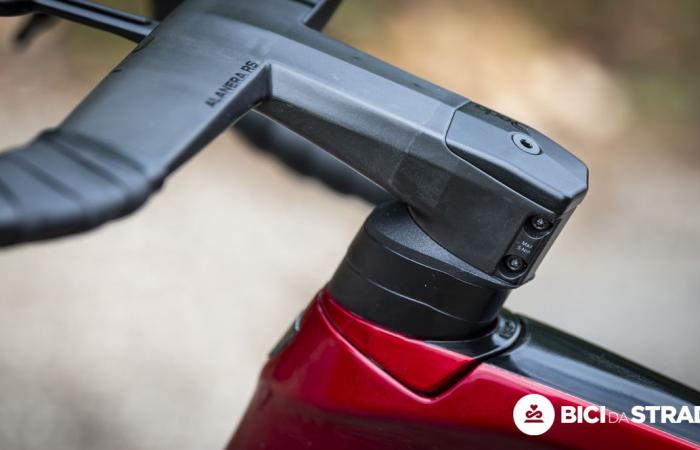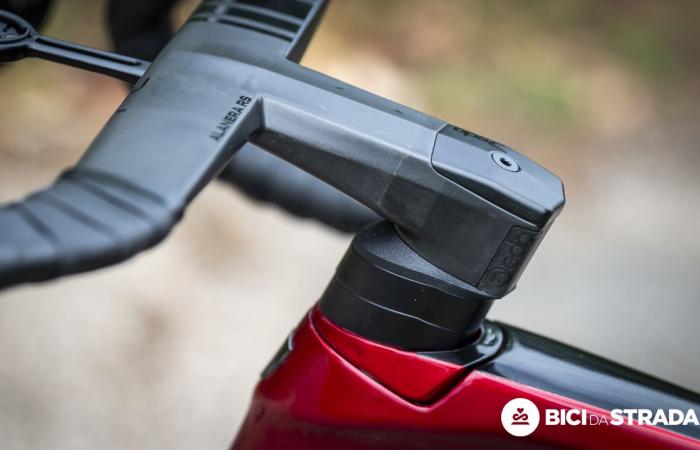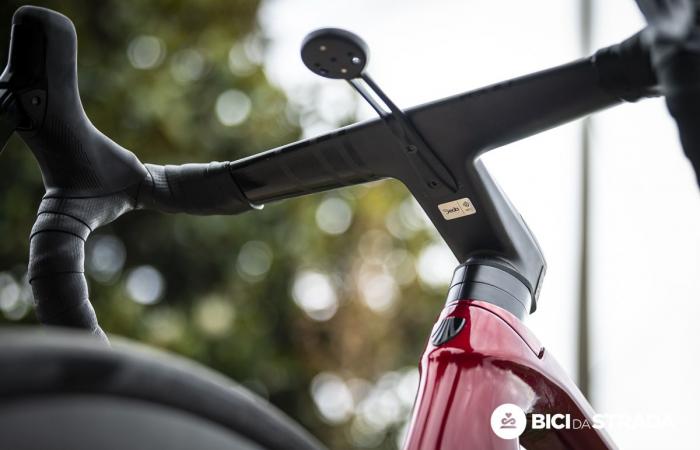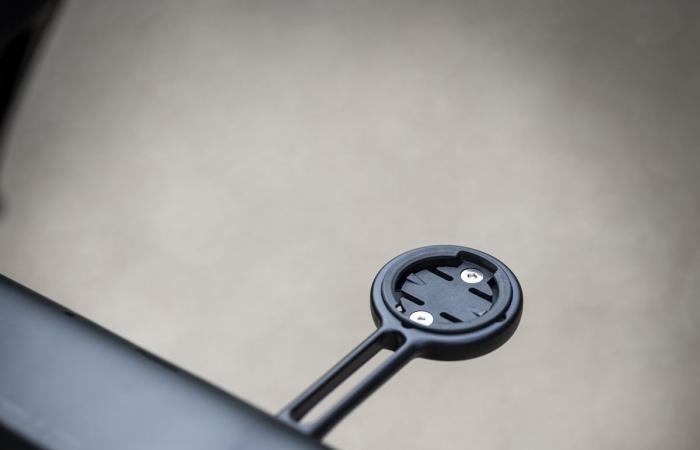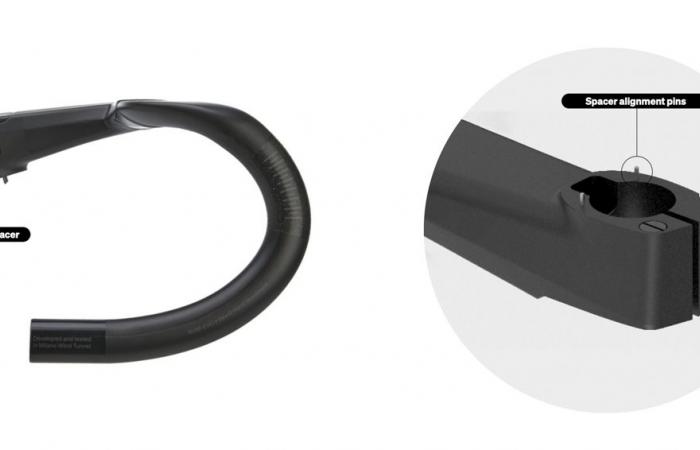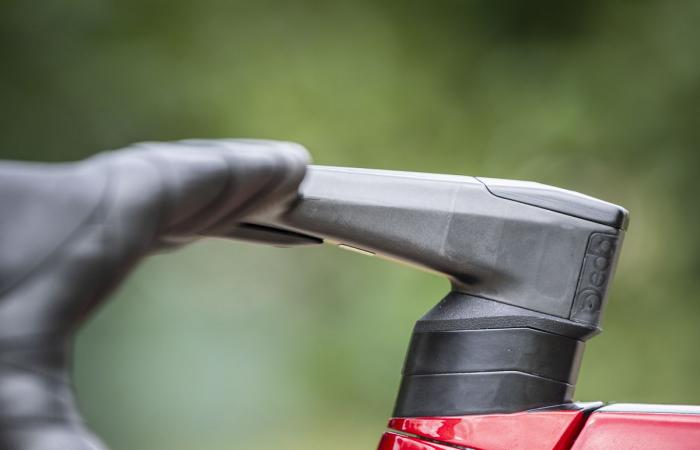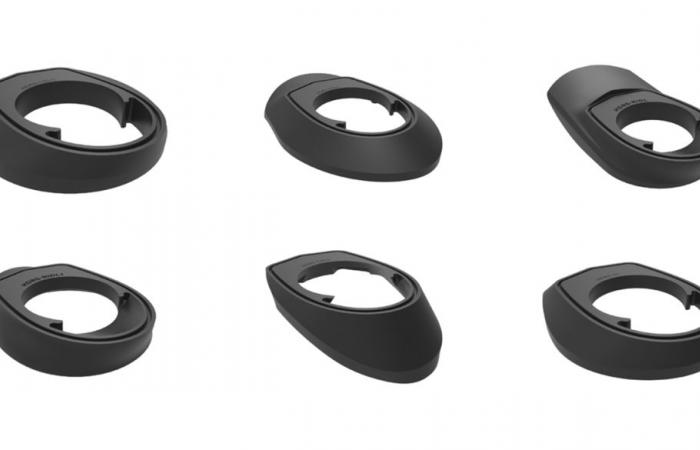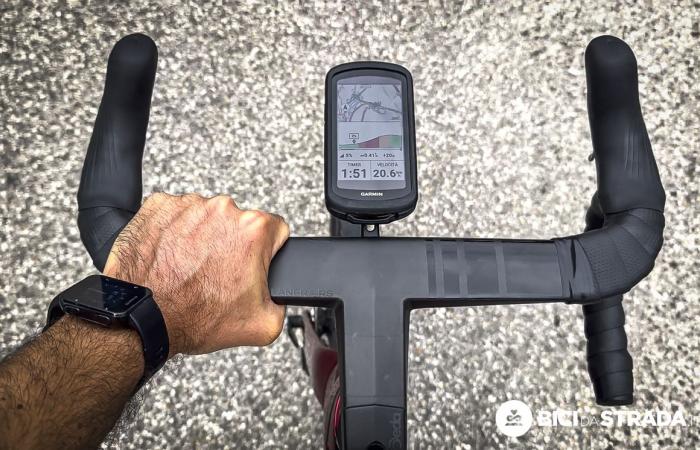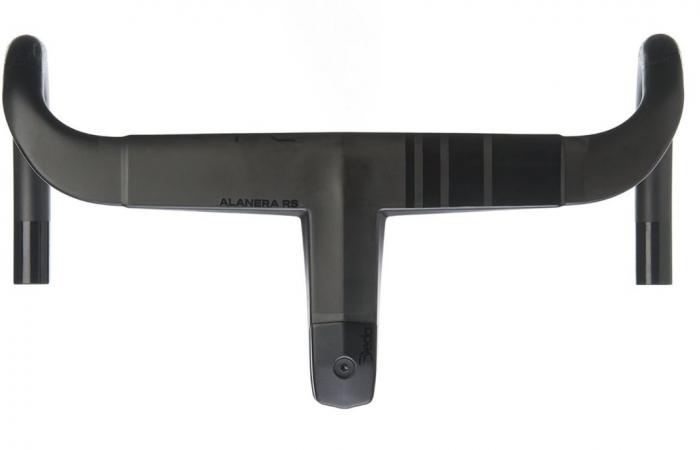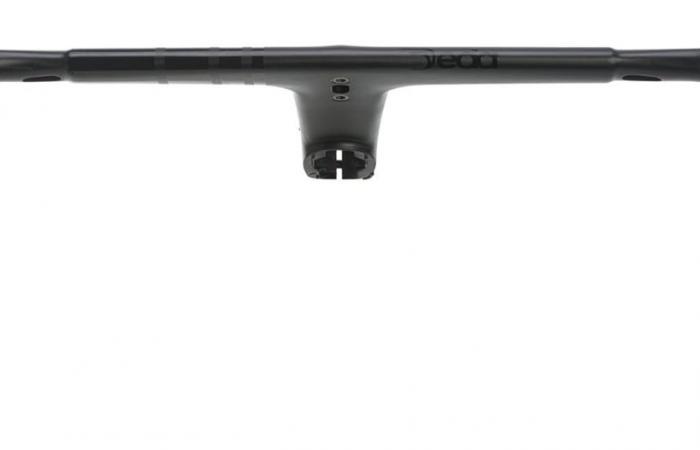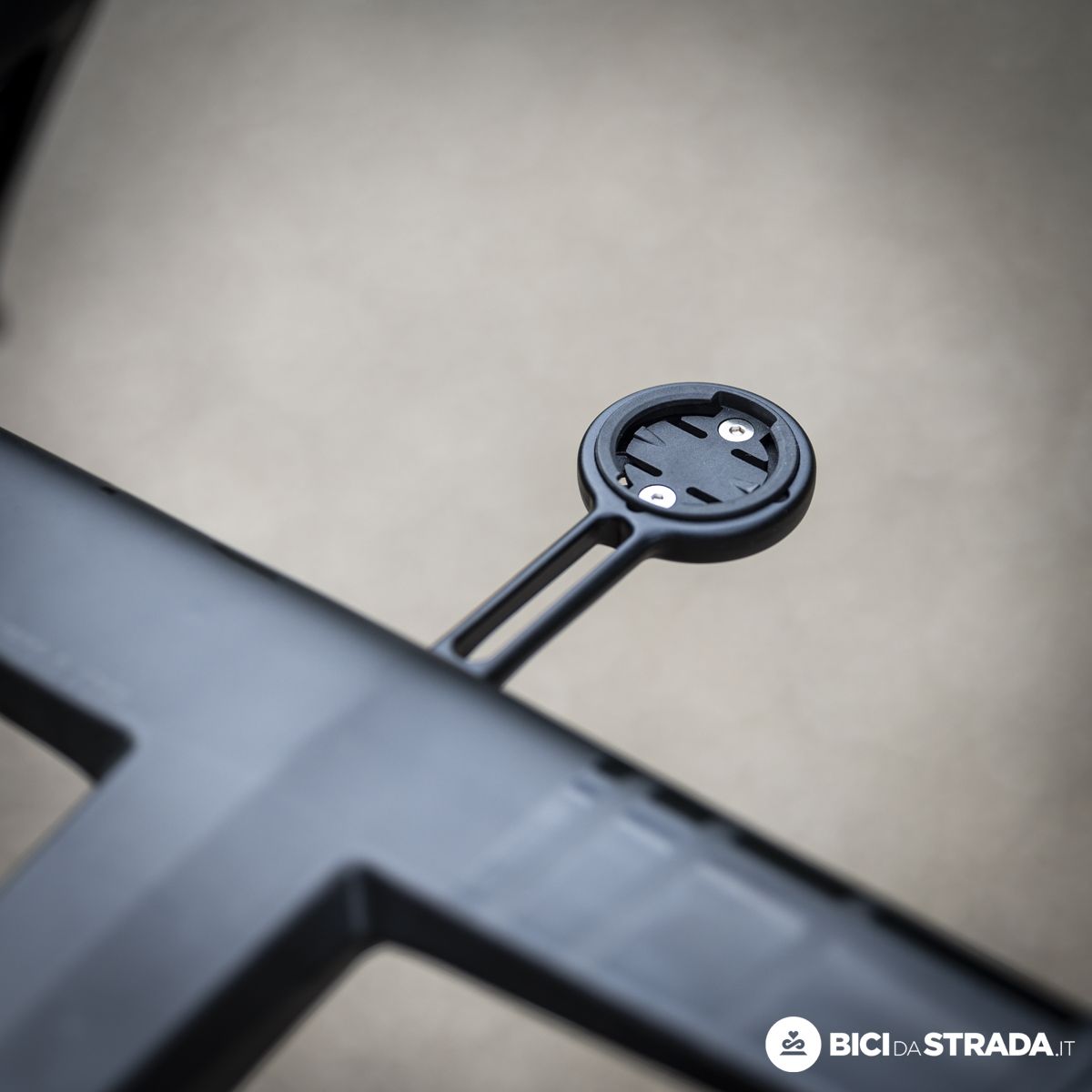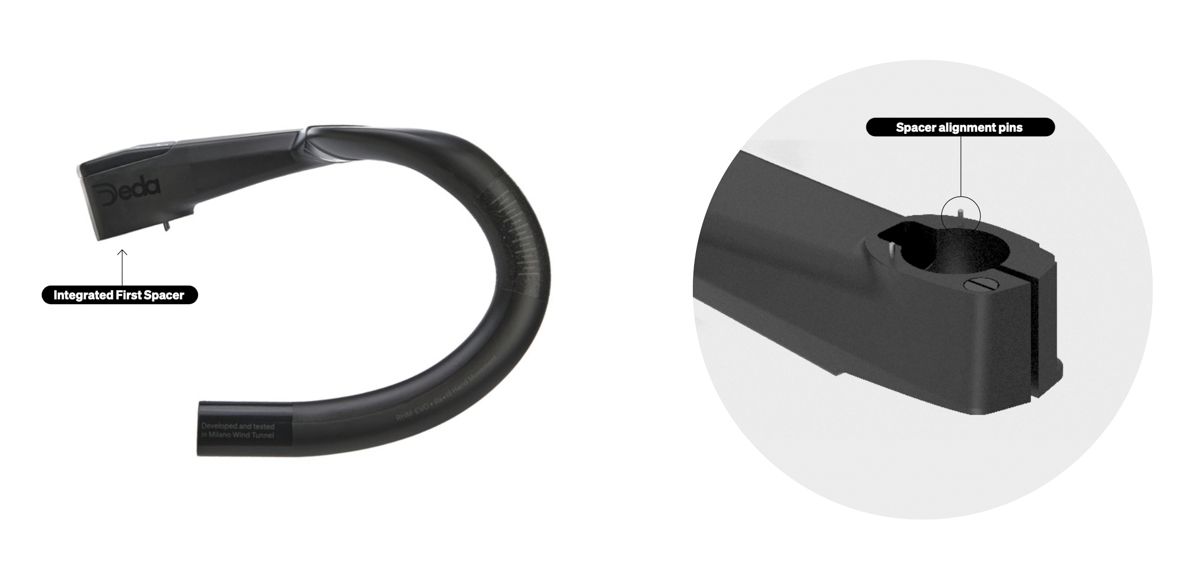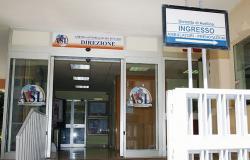There new Deda Alanera RS represents the latest evolution of one of the most well-known and appreciated integrated carbon fiber folds by the public, also used in the past by Tadej Pogacar.
There are many new features compared to the previous model. Concern weight And aerodynamicsbut also (and perhaps above all) ergonomics And attention to detail. We had the chance to try it in preview and in the video below we talk to you about the main differences between the Alanera and the Alanera RS, as well as the first impressions of use.
Below, however, we will delve into all the construction details of the new Alanera RS.
Construction technology
Deda Alanera RS is characterized by a monocoque construction, therefore without glued parts. This allows it to increase rigidity and robustness, while containing weight.
Over 180 carbon skins are required to make each handlebar. The fabrics used are of two types, UD and 3Karranged with 4 main orientations based on the specific characteristics of each area of the handlebar: 0°, 30°, 60° and 90°.
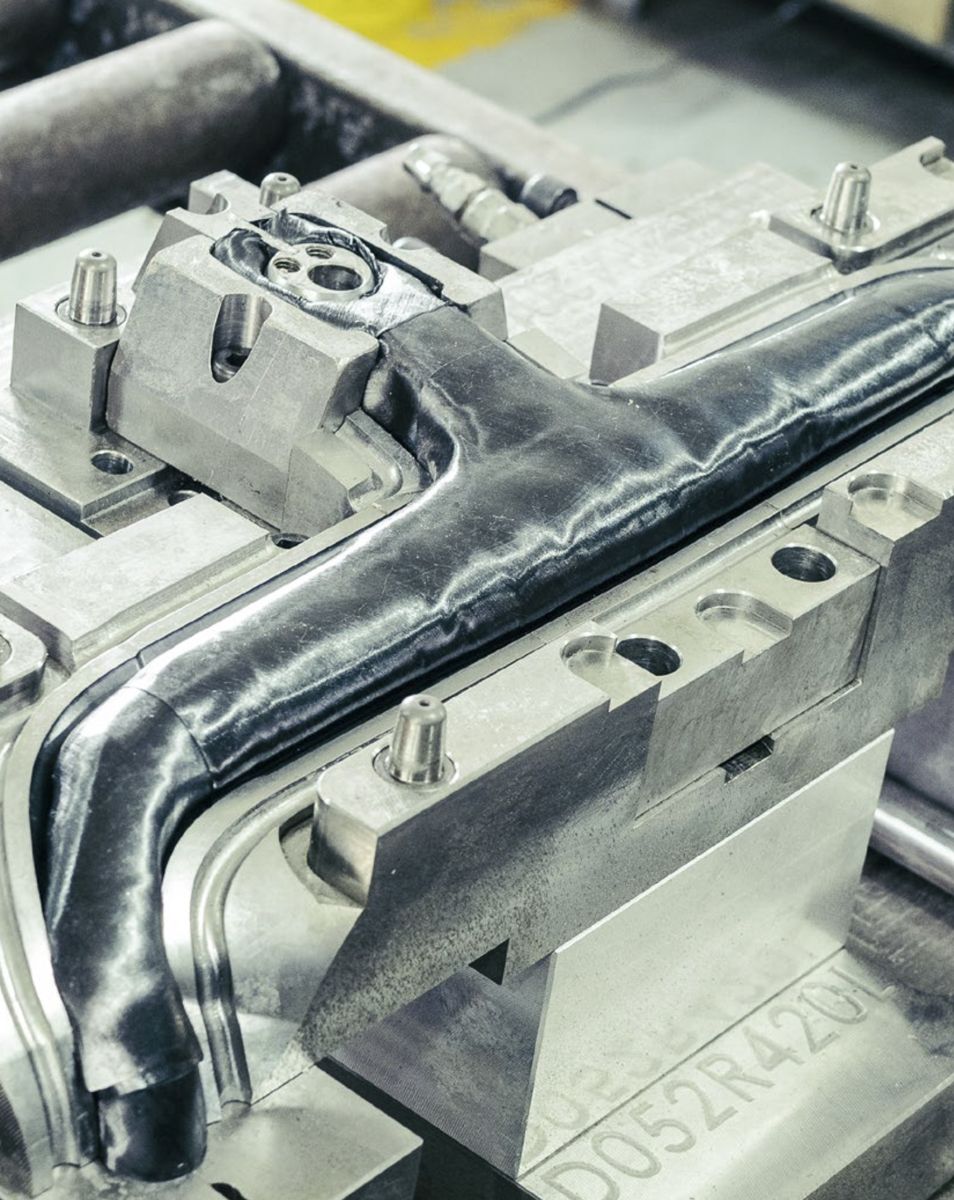
This particular production process allows for an excellent rigidity/lightness ratio to be obtained. The declared weight in size 110×42 is 340 gramsi.e. 6% less than the previous generation.
The weight measured in the 110×40 size is 337 grams.
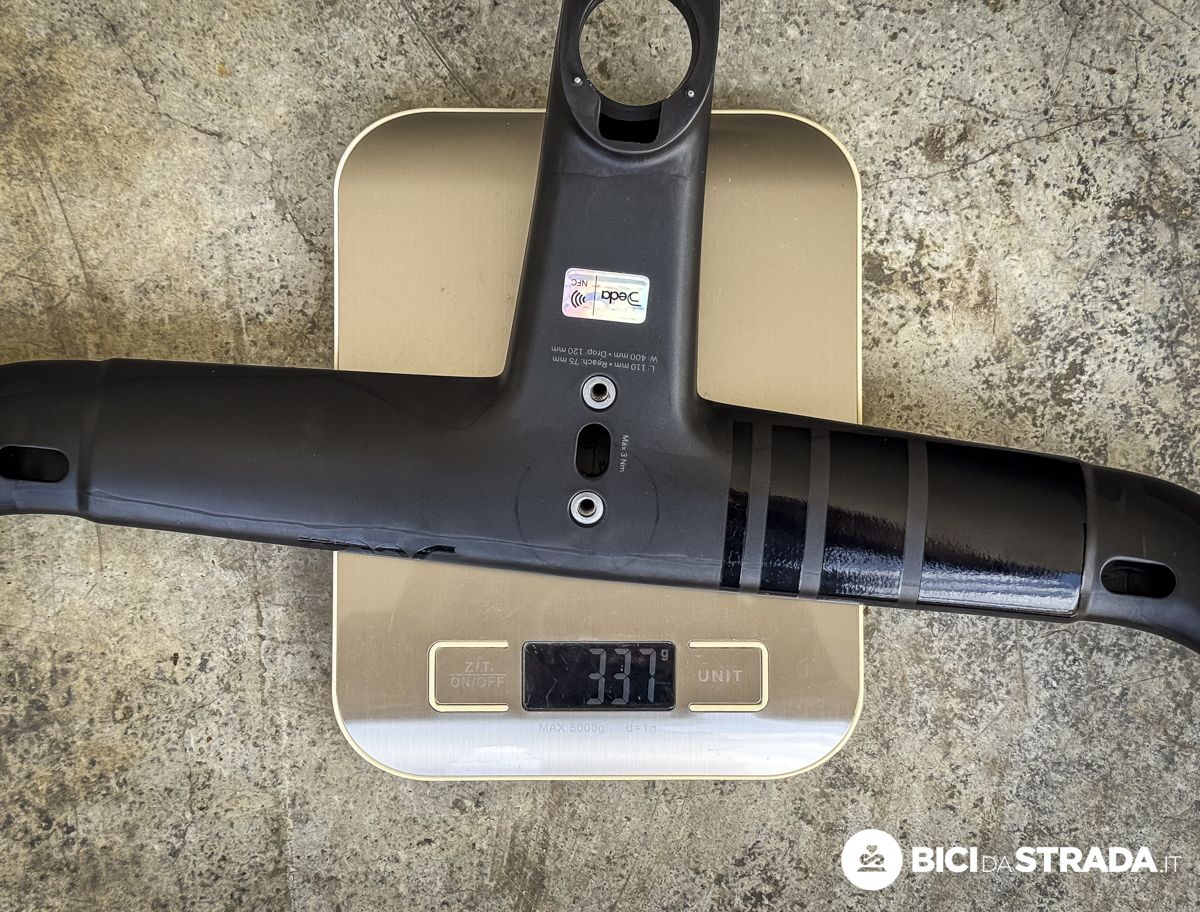
Aerodynamics studied with the Polytechnic of Milan
Deda Alanera RS was developed in collaboration with the Polytechnic of Milan and features optimized shapes thanks to CFD simulation and wind tunnel tests.
According to data provided by Deda, at 40 km/h the Alanera RS saves money 3.9 watts compared to the previous Alanera. The enthusiast generally chooses to purchase a product like this for its aesthetics and perhaps its lightness, but this is a non-trivial fact for professionals and advanced athletes.
Also because the gain gradually becomes more significant as the speed increases, as you can see from the graph below:
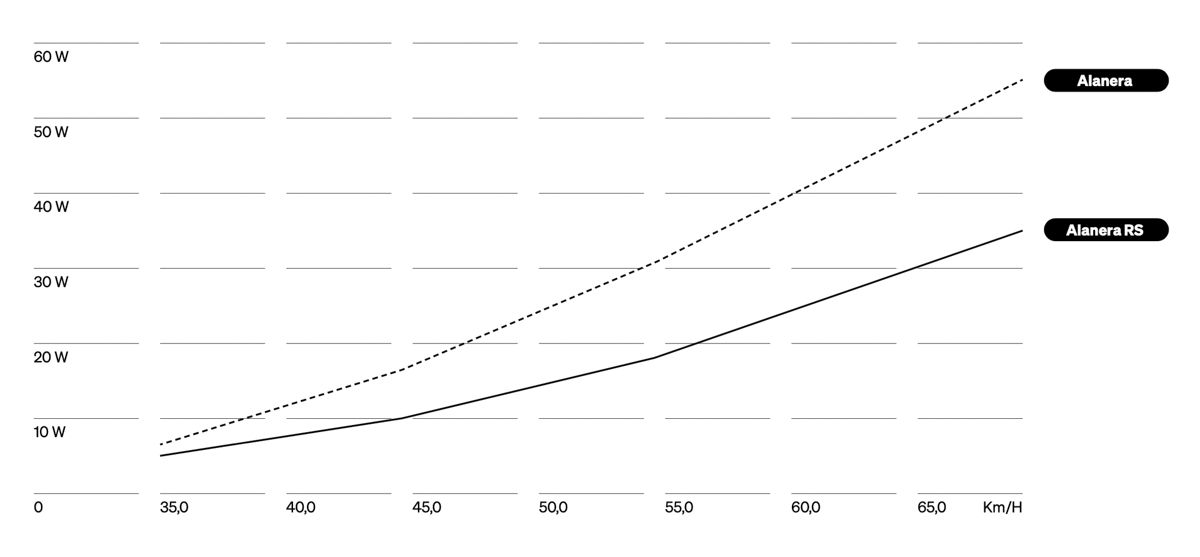
Ergonomics of the handlebar and available sizes
Going beyond the numbers, in our opinion the the most important change concerns the ergonomics of the handlebarwhich features numerous new features.
The first is the shape of the curve, which is now called RHM Evo and includes a zone of smoother transition between the top and the shifters. In practice this area remains flatter, reducing the concavity that was present on the previous version, to the benefit of comfort.
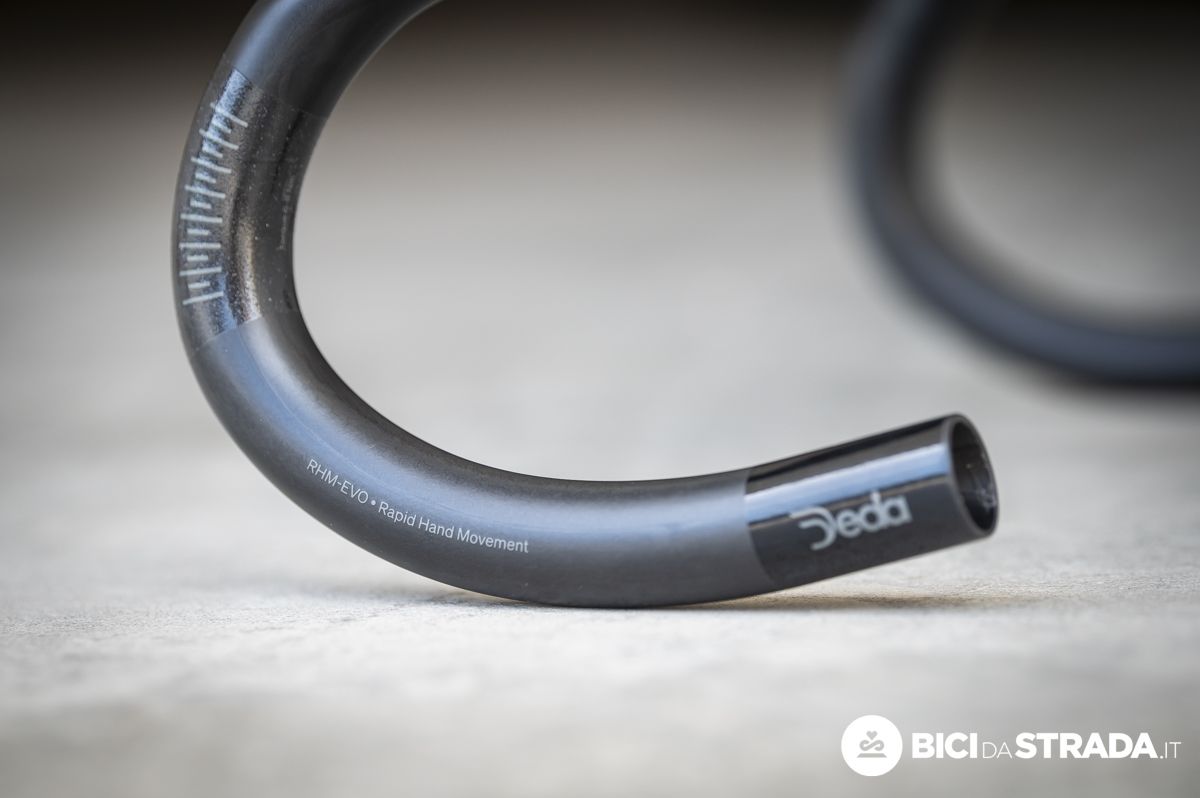
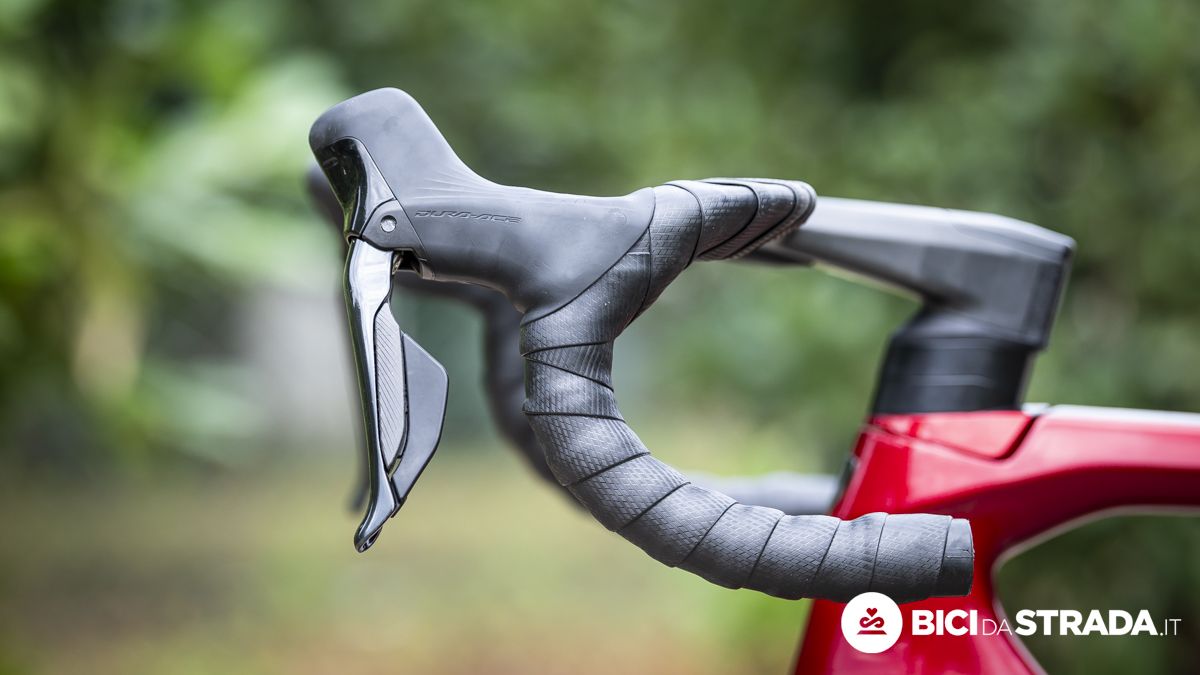
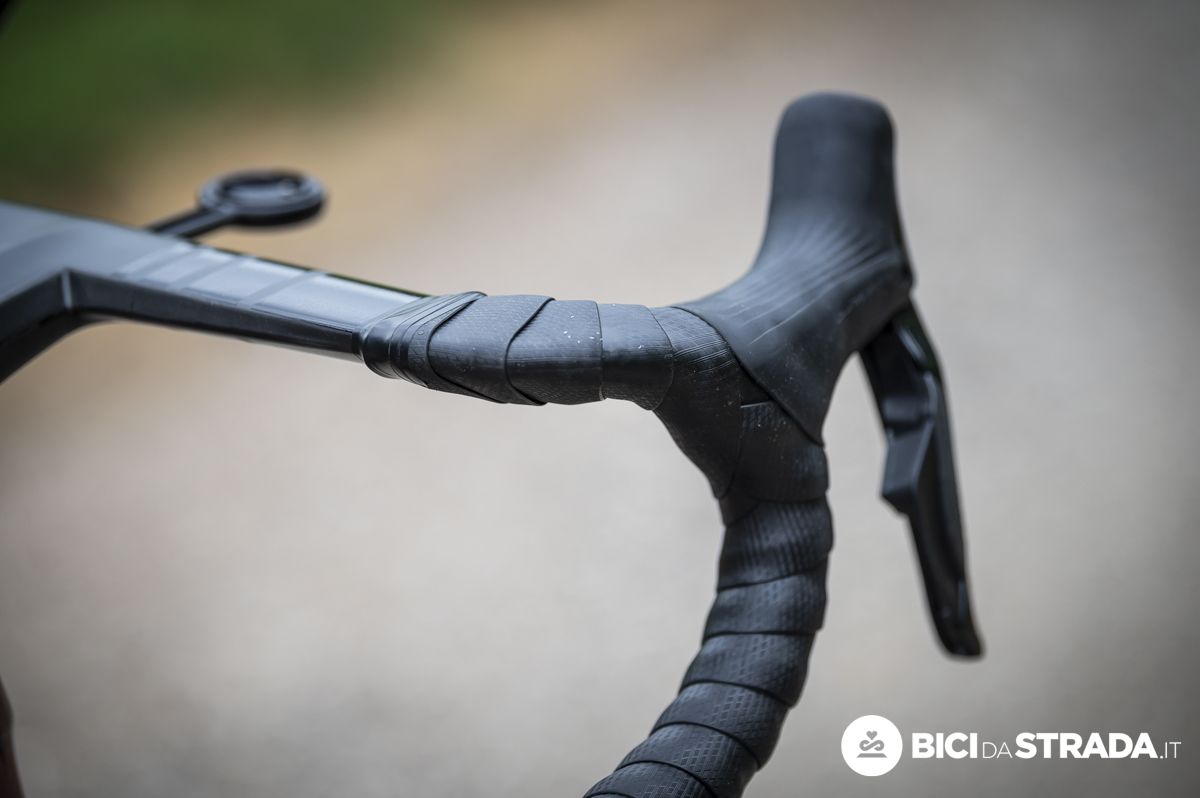
The reach of 75 mm remains unchanged, while the drop (height) goes from 130 to 120 mm.
Another important new feature is the introduction of a 6° flarewhich corresponds to 2.5 cm difference between the top and bottom of the fold.
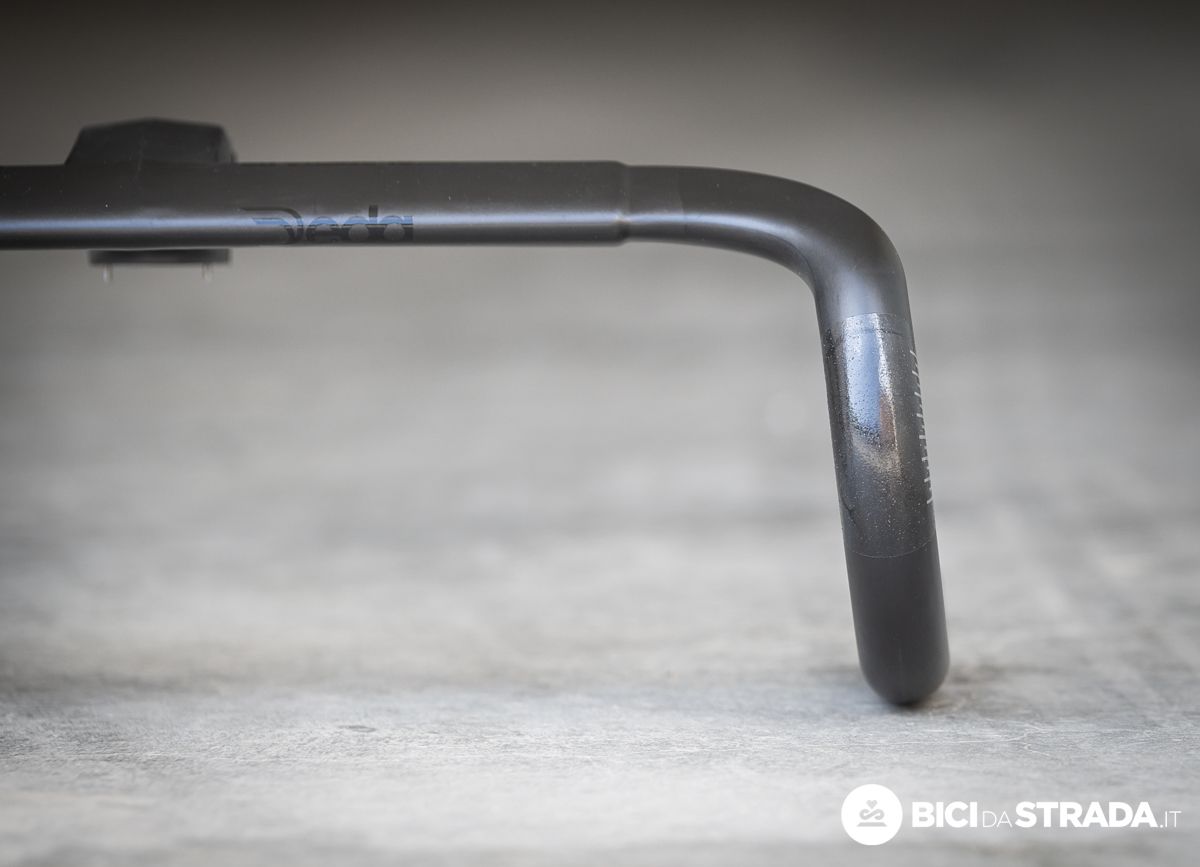
In this way it is possible to remain narrow and aerodynamic when holding the handlebars in a high grip, but have more stability in a low grip, for example when descending and sprinting.
Furthermore, with this new shape, the levers are naturally inclined inwards (well within UCI standards) and the design provides more support for resting the forearms on the handlebars and an easier low grip grip.
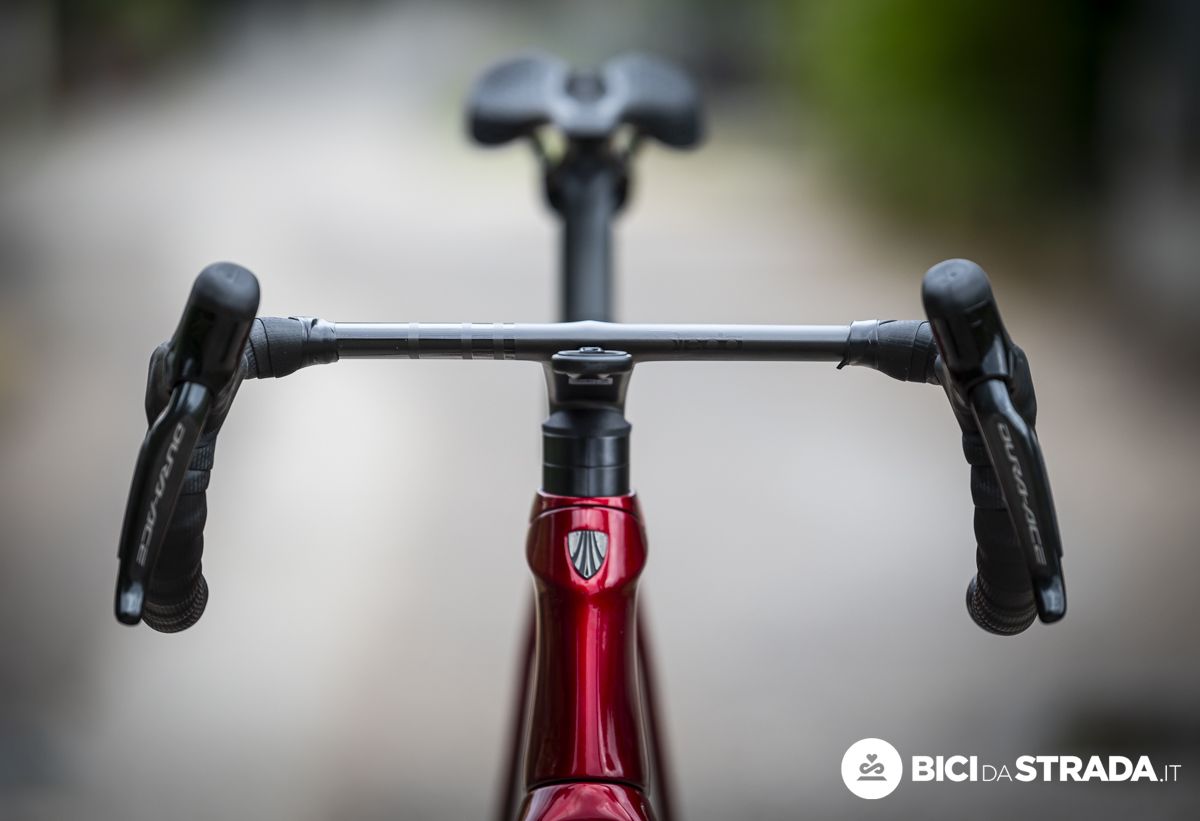
The latest update concerns the design of the central bar, which is now more crushed. This is a change made for aerodynamic reasons, but which in my opinion also makes the central grip more pleasant.
The new Alanera RS handlebar is available in three widths and multiple attachment lengths. In the diagram below you will find all the combinations. We remind you that the width measurement provided by Deda, differently from almost all its competitors, is external/externalnot center/center.
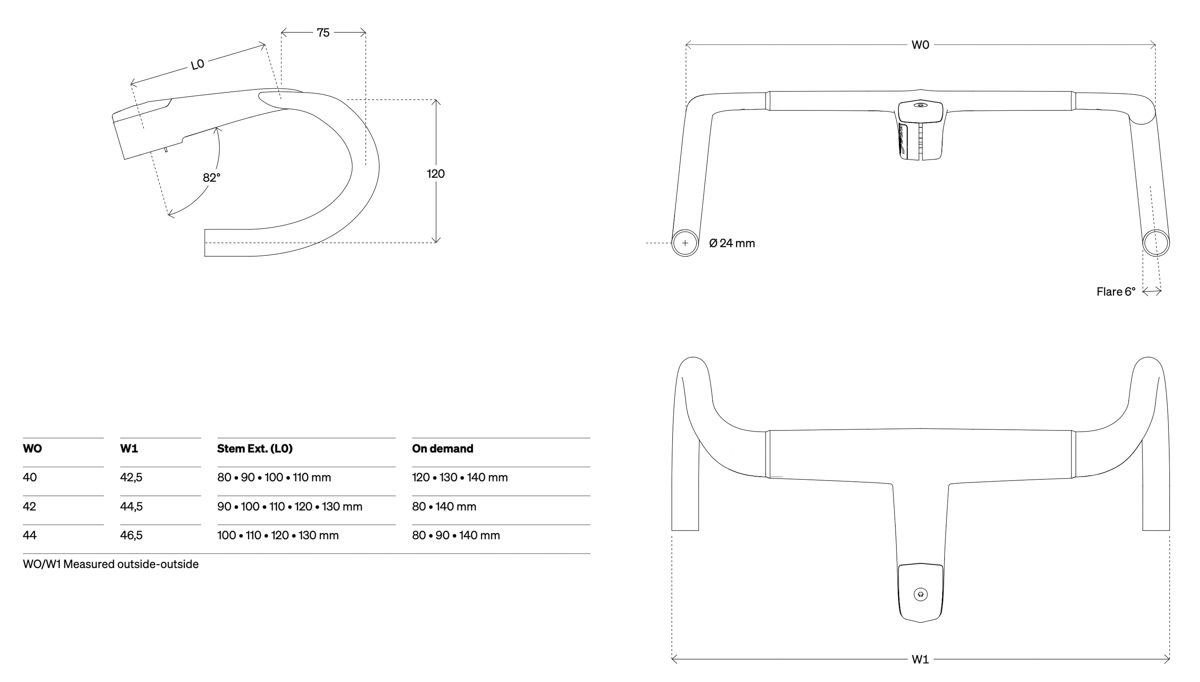
Small details that make the difference
The new Deda Alanera RS also features many other small details that have been revised and improved to ensure an optimal experience.
Among others we mention:
- the co-molded steel pins positioned under the attachment which act as an anti-rotation system for the spacers;
- the use of titanium fixing screws;
- the pressure-fit TPU cover that hides the screw head and improves aesthetics (each Alanera RS is delivered with a cover plus an extra spare one);
- the closing cap integrated into the fold design;
- the 6061 aluminum cycle computer support (supplied as standard), which is perhaps heavier than plastic or composite ones, but is much more robust and stable;
- the RFID tag under the attack that works with any smartphone using NFC technology and allows you to activate the warranty and verify the originality of the product.
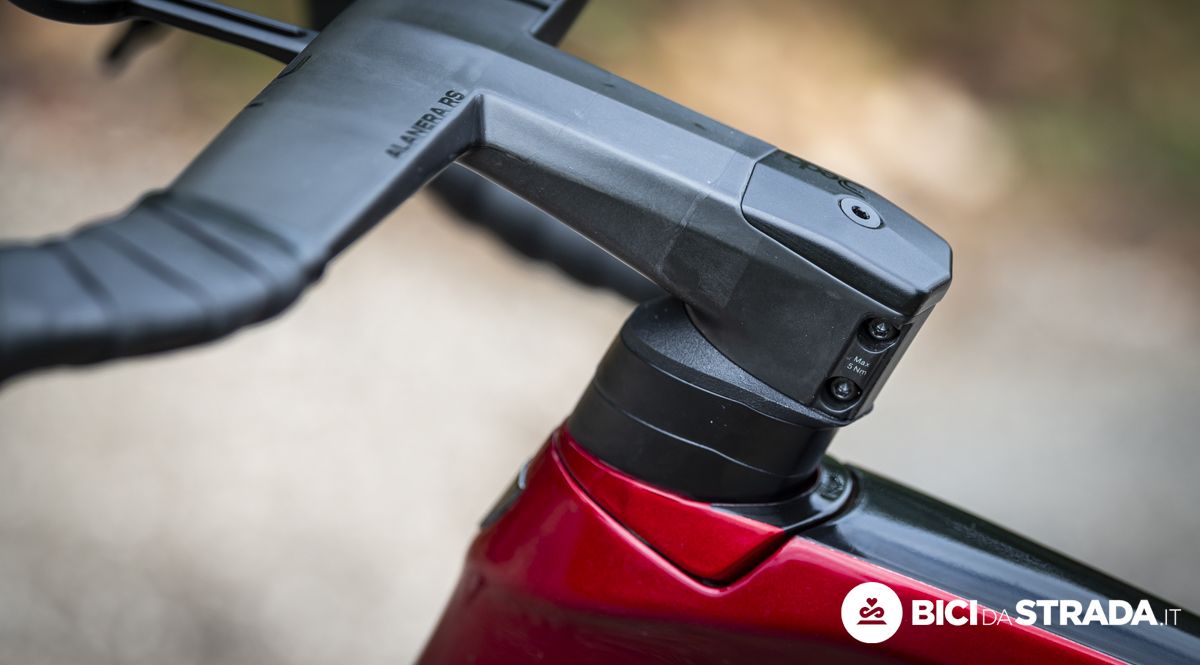
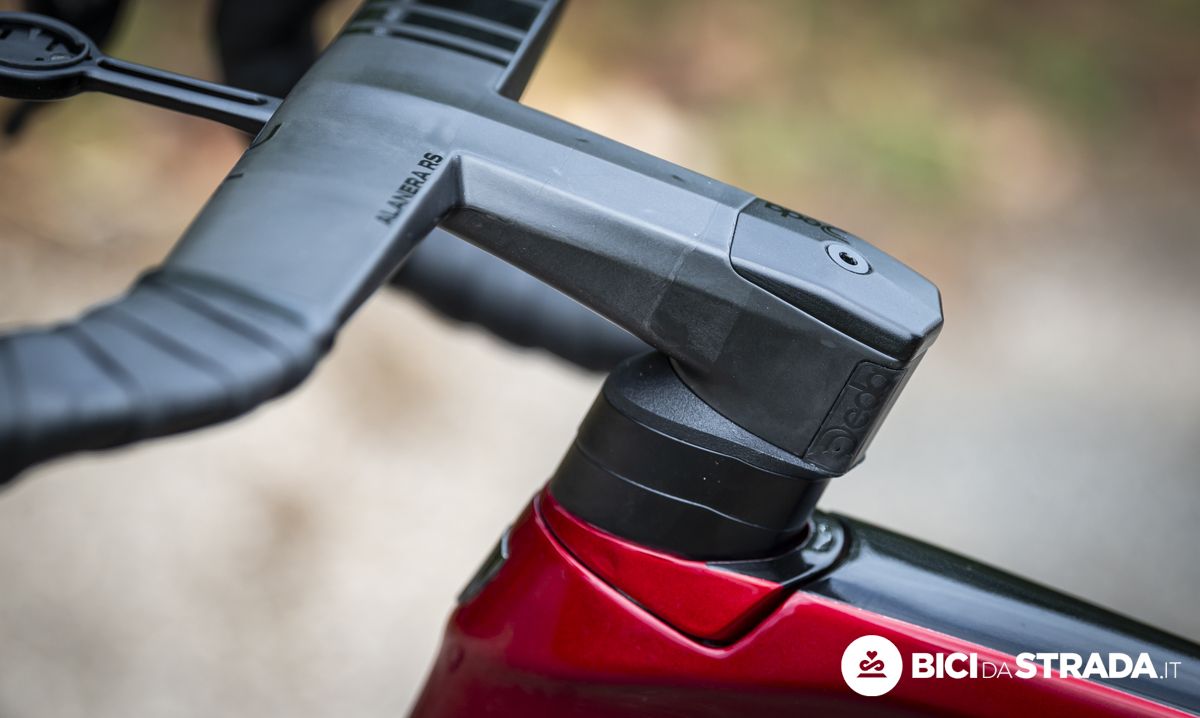
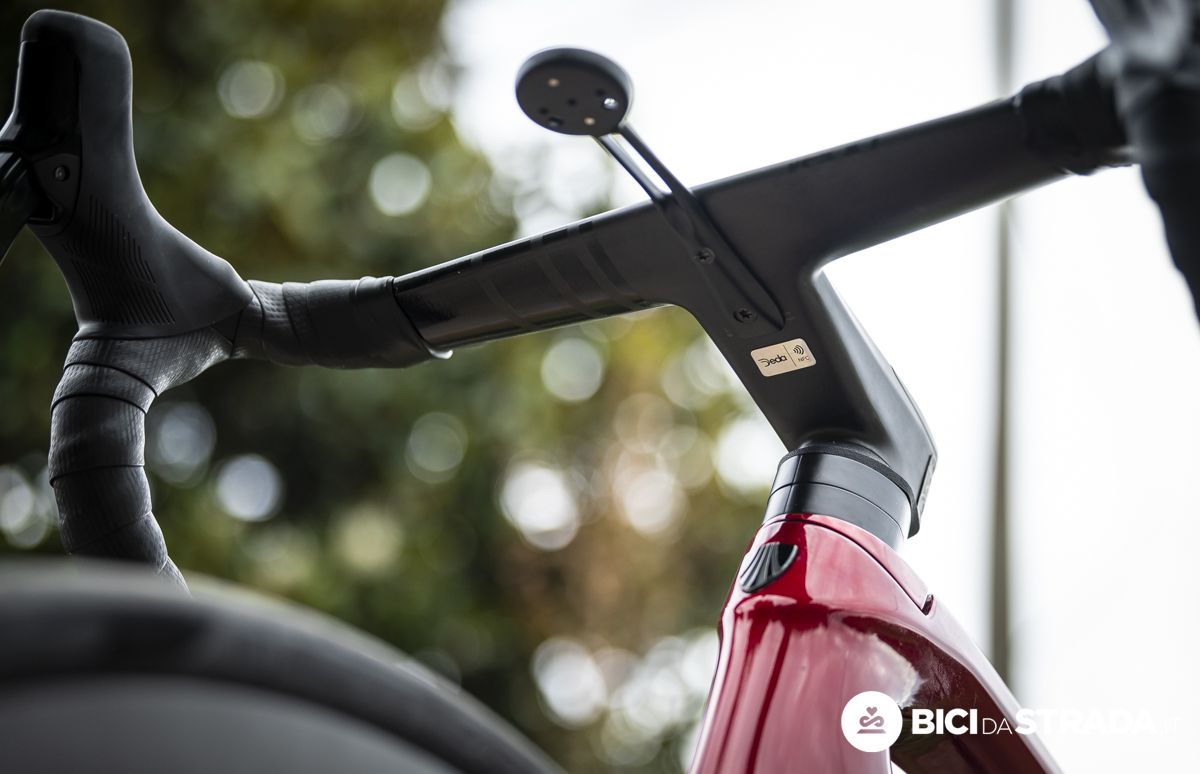
Compatibility
The new Deda Alanera RS is designed exclusively for internal cable routing and is compatible with all electronic groupsets. On bikes with D-shaped forks there is room for up to three cables, so potentially for a 1x mechanical groupset and hydraulic disc brake cables.
Deda declares its compatibility for both road and gravel racing use.
It can be mounted directly on the frames with DCR systembut Deda has provided a wide series of adapters that allow the Alanera RS (as well as almost all high-end Deda attachments) to be used on most of the most popular bike models.
HERE you will find the complete list of compatible bikes with the relevant adapter codes to purchase (if necessary).
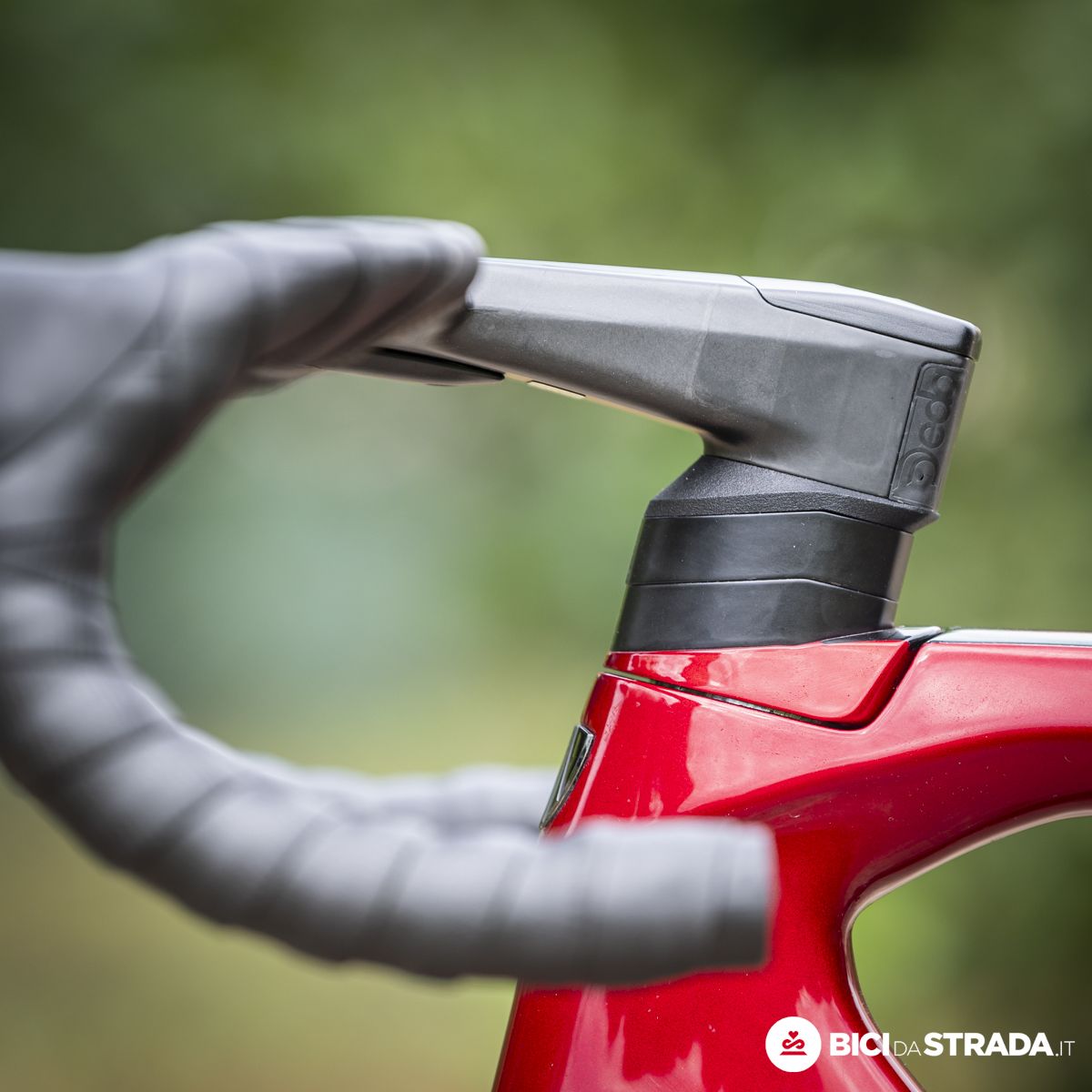
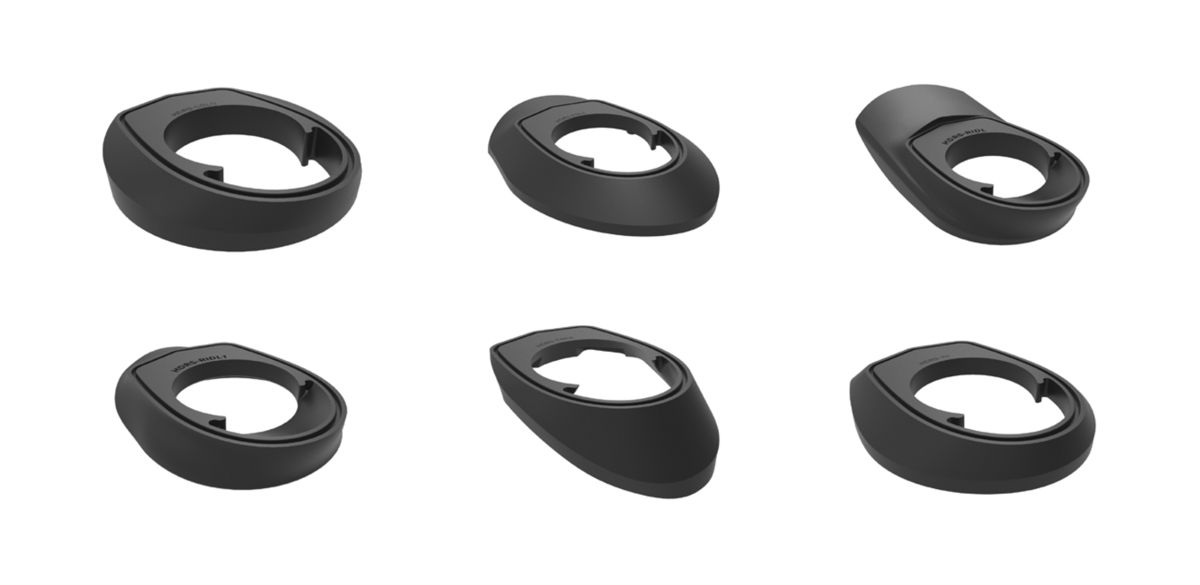
First impressions in the saddle
I had the chance to try the Deda Alanera RS a few weeks before the launch.
The fold design is certainly more modern and attractive than the previous generation, but in my opinion the most significant improvement, as already mentioned, is that related to ergonomics.
In particular, the transition between handlebars and controls is more comfortable, reduces the load on the hands and is particularly appreciated over long distances.
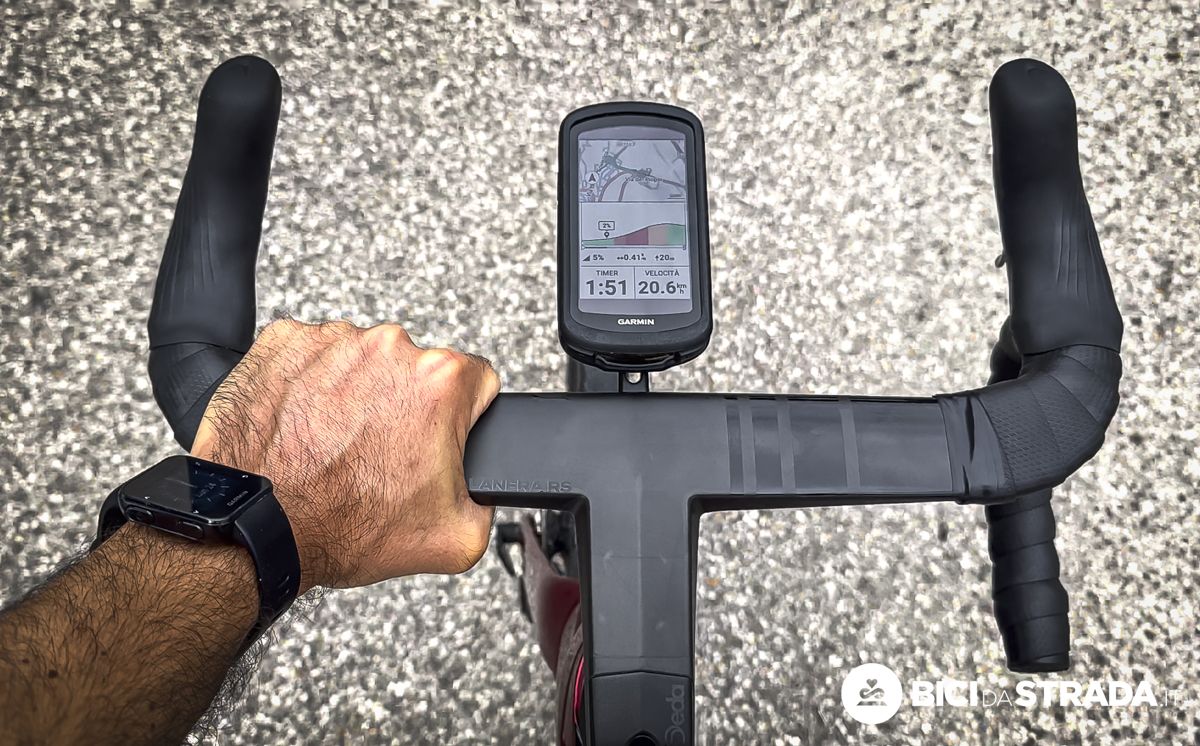
The flare is well designed, transmits an excellent feeling both in high and low grip, allowing aerodynamics to coexist with the necessary stability and safety in descent and sprint.
From the sensation point of view, coming from a high-end handlebar + stem combo (Deda Superbox + Superzero), the sensation that is perceived when mounting the Alanera RS is that of a even stiffer and more responsive front endboth when getting up on the pedals and when descending. The bike becomes more agile, precise when entering corners and quick in response, but also a little more sensitive and nervous. Aspects to take into account when going downhill hard.
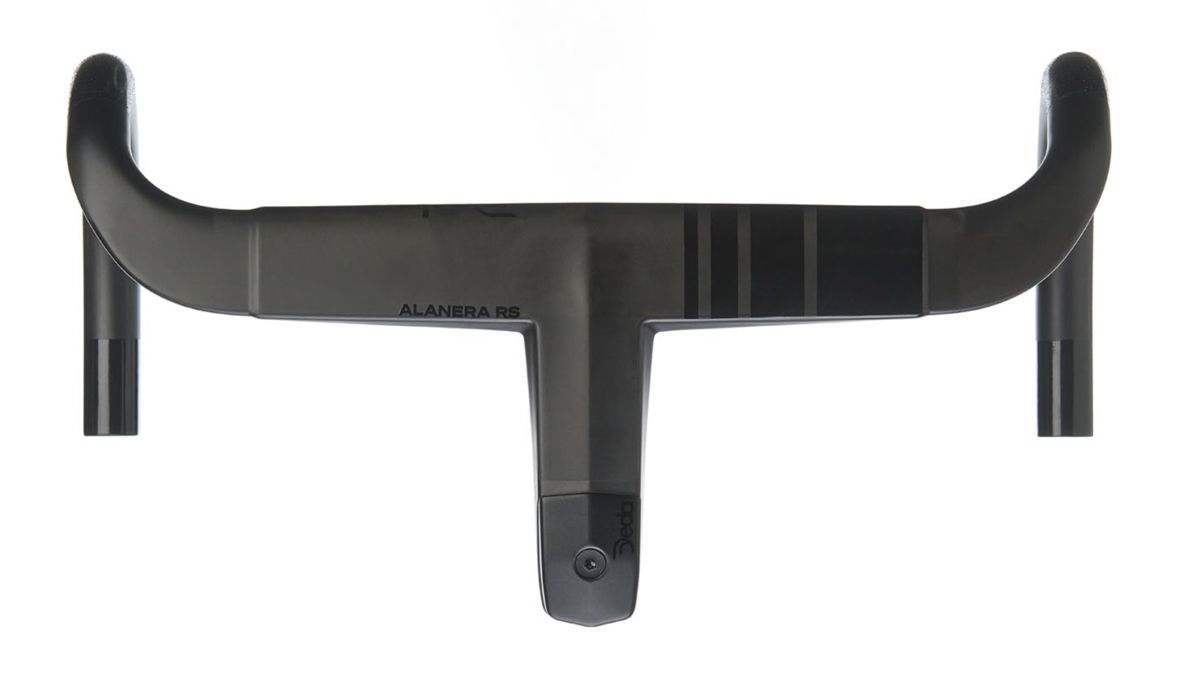
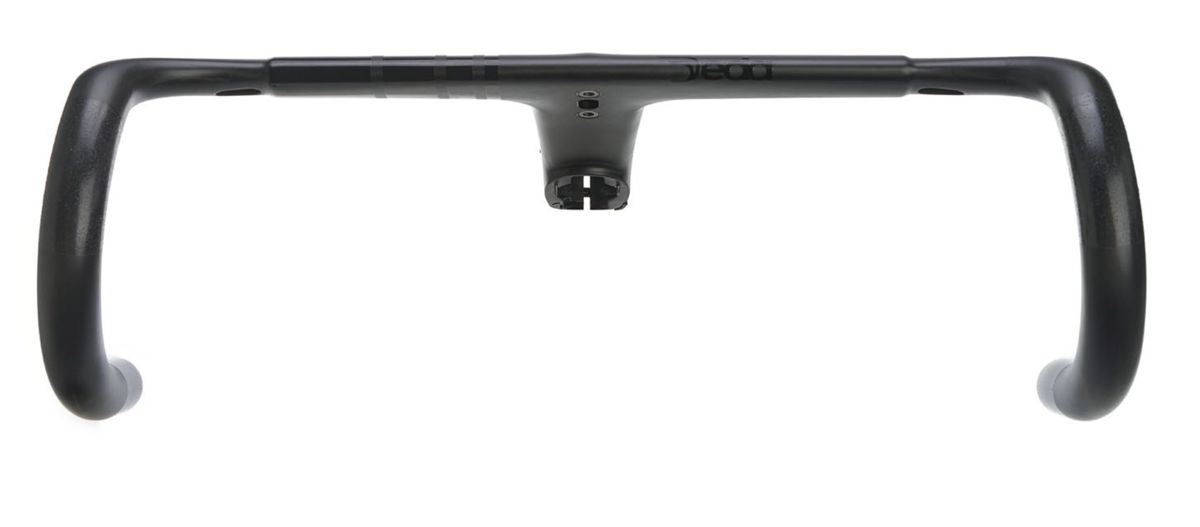
New Deda Alanera RS: technical specifications in brief
Material: monocoque carbon
Corner: 82°
Reach: 75 mm
Drops: 120 mm
Flares: 6° (+2.5cm)
Measures – handlebar width (external-external) – stem length
40 cm → 80, 90, 100, 110 mm (120, 130 and 140 mm on demand)
42 cm → 90, 100, 110, 120, 130 mm (80 and 140 mm on demand)
44 cm → 100, 110, 120, 130 mm (80, 90 and 140 mm on demand)
Weight: 340 grams (110×42)
Accessories included: aerodynamic top cap, headset shims (one of 5 or one of 10 mm), DCR top cap for 56mm and 46mm head tube. Cycle computer support for Garmin, Wahoo, Bryton and GoPro.
Availability: June 2024
Price: 795 euros + VAT (969.90 euros)
For more information: dedaelementi.com/it

